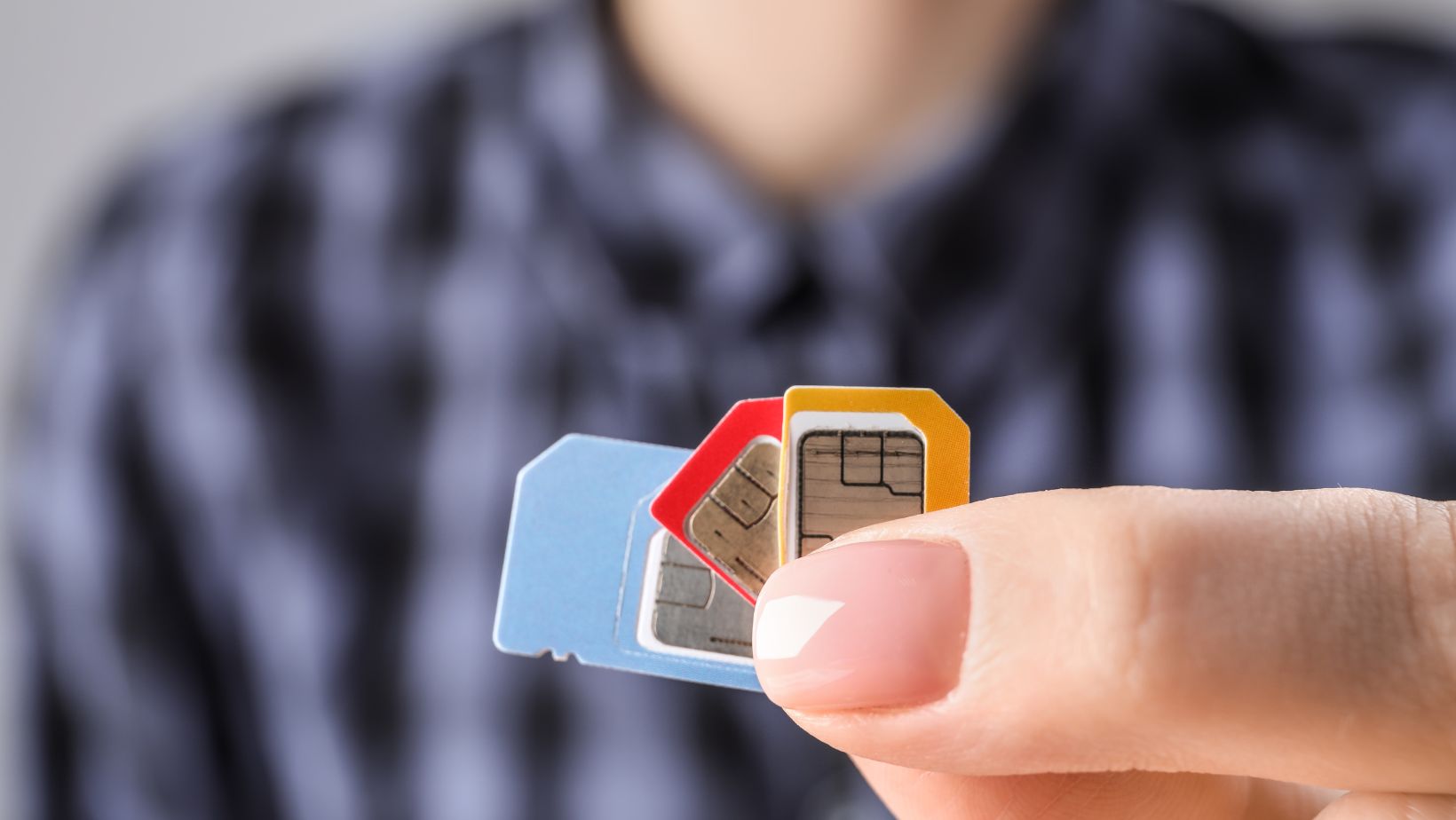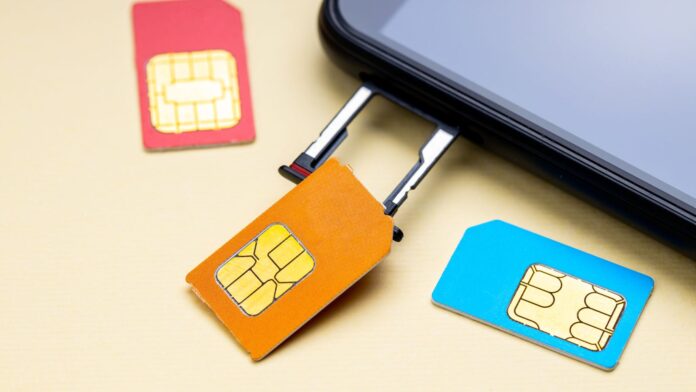Can I Switch from AT&T to Verizon
Thinking about switching from AT&T to Verizon? You’re not alone. Many people consider changing their mobile service provider for various reasons, such as better coverage, lower prices, or improved customer service. In this article, I’ll provide you with some insights and tips on making the switch from AT&T to Verizon.
Firstly, it’s important to assess your current needs and expectations before making a decision. Research the coverage maps of both carriers in your area to determine which one offers better service. Consider factors like call quality, internet speed, and signal strength. Additionally, compare the pricing plans and features offered by each provider to find the best fit for your budget and usage requirements.
When switching from AT&T to Verizon, there are a few steps you should follow to ensure a smooth transition. Start by checking if your current device is compatible with Verizon’s network. If not, you may need to purchase a new phone or visit a Verizon store for assistance in transferring your contacts and data.
Next, reach out to AT&T customer service or visit a local store to inform them of your intention to switch providers. They will guide you through the process of canceling your current plan without any penalties or fees.
Once you’ve done that, contact Verizon either online or by visiting one of their stores to sign up for their services. They will help you choose a suitable plan based on your needs and assist with transferring your number from AT&T.
Switching mobile providers can be a daunting task but following these guidelines should make it easier for you. Remember to do thorough research beforehand and don’t hesitate to ask questions along the way. Good luck with your transition from AT&T to Verizon!

Checking if Your Current AT&T Device is Compatible with Verizon
When considering a switch from AT&T to Verizon, one of the crucial factors to consider is whether your current AT&T device is compatible with Verizon’s network. This compatibility will determine if you can seamlessly transition your device and continue using it on Verizon.
Here are some steps you can take to check the compatibility of your current AT&T device with Verizon:
- Verify if your device supports CDMA and GSM: Unlike AT&T, which primarily uses GSM technology, Verizon operates on both CDMA and GSM networks. To ensure compatibility, your device should support both CDMA and GSM technologies. You can usually find this information in the product specifications or by contacting the manufacturer.
- Check for unlocked status: Most devices purchased directly from AT&T are locked to their network. Before switching to Verizon, you’ll need to ensure that your device is unlocked or eligible for unlocking. Contact AT&T customer service or use their online resources to confirm the unlock status of your device.
- Determine LTE band compatibility: LTE (Long-Term Evolution) bands play a vital role in ensuring seamless connectivity on a carrier’s network. Each carrier has specific LTE bands they utilize, so it’s essential to verify if your current AT&T device supports the LTE bands used by Verizon. You can find this information in the device specifications or reach out to the manufacturer for assistance.
- Consider CDMA-only vs. global devices: While most newer smartphones are designed as global devices supporting both CDMA and GSM networks, older models may be limited to either CDMA or GSM technology only. It’s important to note that while CDMA-only devices might work on Verizon’s 3G network, they may not provide optimal performance when it comes to data speeds and coverage.
- Visit a Verizon store or contact customer service: If you’re unsure about any aspect of compatibility or want expert guidance tailored specifically to your device, consider visiting a Verizon store or reaching out to their customer service. They can assist you in determining if your current AT&T device is compatible and suggest alternative options if needed.
Remember, each device is unique, and compatibility may vary. It’s always recommended to perform these checks before making the switch to ensure a smooth transition and avoid any inconvenience.


